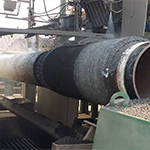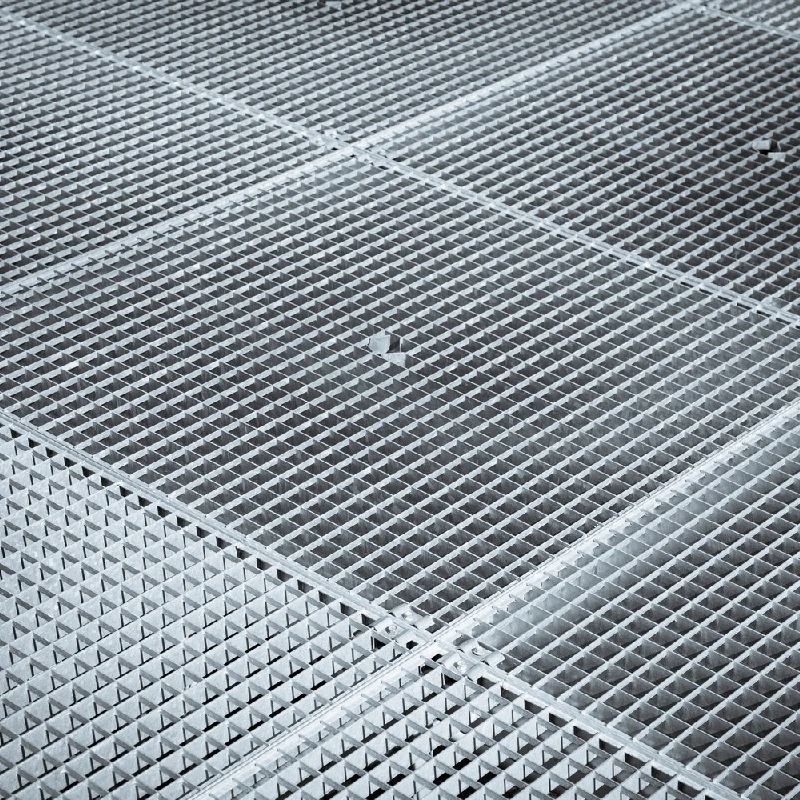- Industrial zone, South of Anping Town, Hengshui, Hebei, China.
- sales@hfpetromesh.com
- +86-18931809706
 Afrikaans
Afrikaans  Albanian
Albanian  Amharic
Amharic  Arabic
Arabic  Armenian
Armenian  Azerbaijani
Azerbaijani  Basque
Basque  Belarusian
Belarusian  Bengali
Bengali  Bosnian
Bosnian  Bulgarian
Bulgarian  Catalan
Catalan  Cebuano
Cebuano  Corsican
Corsican  Croatian
Croatian  Czech
Czech  Danish
Danish  Dutch
Dutch  English
English  Esperanto
Esperanto  Estonian
Estonian  Finnish
Finnish  French
French  Frisian
Frisian  Galician
Galician  Georgian
Georgian  German
German  Greek
Greek  Gujarati
Gujarati  Haitian Creole
Haitian Creole  hausa
hausa  hawaiian
hawaiian  Hebrew
Hebrew  Hindi
Hindi  Miao
Miao  Hungarian
Hungarian  Icelandic
Icelandic  igbo
igbo  Indonesian
Indonesian  irish
irish  Italian
Italian  Japanese
Japanese  Javanese
Javanese  Kannada
Kannada  kazakh
kazakh  Khmer
Khmer  Rwandese
Rwandese  Korean
Korean  Kurdish
Kurdish  Kyrgyz
Kyrgyz  Lao
Lao  Latin
Latin  Latvian
Latvian  Lithuanian
Lithuanian  Luxembourgish
Luxembourgish  Macedonian
Macedonian  Malgashi
Malgashi  Malay
Malay  Malayalam
Malayalam  Maltese
Maltese  Maori
Maori  Marathi
Marathi  Mongolian
Mongolian  Myanmar
Myanmar  Nepali
Nepali  Norwegian
Norwegian  Norwegian
Norwegian  Occitan
Occitan  Pashto
Pashto  Persian
Persian  Polish
Polish  Portuguese
Portuguese  Punjabi
Punjabi  Romanian
Romanian  Russian
Russian  Samoan
Samoan  Scottish Gaelic
Scottish Gaelic  Serbian
Serbian  Sesotho
Sesotho  Shona
Shona  Sindhi
Sindhi  Sinhala
Sinhala  Slovak
Slovak  Slovenian
Slovenian  Somali
Somali  Spanish
Spanish  Sundanese
Sundanese  Swahili
Swahili  Swedish
Swedish  Tagalog
Tagalog  Tajik
Tajik  Tamil
Tamil  Tatar
Tatar  Telugu
Telugu  Thai
Thai  Turkish
Turkish  Turkmen
Turkmen  Ukrainian
Ukrainian  Urdu
Urdu  Uighur
Uighur  Uzbek
Uzbek  Vietnamese
Vietnamese  Welsh
Welsh  Bantu
Bantu  Yiddish
Yiddish  Yoruba
Yoruba  Zulu
Zulu
- Afrikaans
- Albanian
- Amharic
- Arabic
- Armenian
- Azerbaijani
- Basque
- Belarusian
- Bengali
- Bosnian
- Bulgarian
- Catalan
- Cebuano
- Corsican
- Croatian
- Czech
- Danish
- Dutch
- English
- Esperanto
- Estonian
- Finnish
- French
- Frisian
- Galician
- Georgian
- German
- Greek
- Gujarati
- Haitian Creole
- hausa
- hawaiian
- Hebrew
- Hindi
- Miao
- Hungarian
- Icelandic
- igbo
- Indonesian
- irish
- Italian
- Japanese
- Javanese
- Kannada
- kazakh
- Khmer
- Rwandese
- Korean
- Kurdish
- Kyrgyz
- Lao
- Latin
- Latvian
- Lithuanian
- Luxembourgish
- Macedonian
- Malgashi
- Malay
- Malayalam
- Maltese
- Maori
- Marathi
- Mongolian
- Myanmar
- Nepali
- Norwegian
- Norwegian
- Occitan
- Pashto
- Persian
- Polish
- Portuguese
- Punjabi
- Romanian
- Russian
- Samoan
- Scottish Gaelic
- Serbian
- Sesotho
- Shona
- Sindhi
- Sinhala
- Slovak
- Slovenian
- Somali
- Spanish
- Sundanese
- Swahili
- Swedish
- Tagalog
- Tajik
- Tamil
- Tatar
- Telugu
- Thai
- Turkish
- Turkmen
- Ukrainian
- Urdu
- Uighur
- Uzbek
- Vietnamese
- Welsh
- Bantu
- Yiddish
- Yoruba
- Zulu
Th2 . 18, 2025 11:02
Back to list
Riveted Grating
Navigating the vast landscape of industrial products can be daunting, especially when it comes to understanding the intricacies of floor grating prices. In the arena of industrial flooring solutions, floor gratings stand out for their durability, safety, and versatility. Grasping the nuances of pricing not only aids in budgeting but also ensures that businesses get the optimum return on investment without compromising on quality or safety.
Supplier selection is another crucial element affecting pricing, where sourcing from reputable manufacturers ensures quality assurance but may impact initial expenditure. Trusted suppliers often adhere to stringent industry standards and provide certifications to validate product quality. Though their products might appear more expensive upfront, they typically deliver long-term savings through durability and reduced maintenance needs. Transport and installation costs further add layers to the overall expense of floor gratings. Transport logistics, especially for bulk orders, require careful planning to minimize costs, while installation demands expertise to guarantee safety and functionality. The complexity of installation varies with grating type, with some requiring precise engineering to fit into existing structures, potentially influencing labor costs. Here, engaging experienced professionals assures not only proper installation but also adherence to safety standards and regulations, vital in sectors like manufacturing, oil and gas, and public infrastructure. Future-proofing your investment is critical, and this involves considering the total lifecycle cost of floor gratings, which encompasses initial purchase, maintenance, and eventual replacement. Opting for higher quality, durable gratings might stretch budgets initially, but it generally results in lower operational costs over the product's lifespan. Regular maintenance, although not the primary concern, should be factored into the overall cost analysis to preserve integrity and functionality, thereby maximizing the grating’s service life. In conclusion, comprehensively understanding floor grating prices involves evaluating several factors material selection, grating type, manufacturing process, supplier credibility, and associated logistical costs. For industry professionals, the key lies in balancing initial investment with long-term benefits, ensuring that cost-efficiency aligns with safety and performance criteria. A well-informed approach not only optimizes expenditure but also enhances operational safety and efficiency, underpinning the critical role floor gratings play in industrial infrastructure. Through strategic planning and expert consultation, businesses can navigate these complexities, securing gratings that meet both budgetary and functional demands.


Supplier selection is another crucial element affecting pricing, where sourcing from reputable manufacturers ensures quality assurance but may impact initial expenditure. Trusted suppliers often adhere to stringent industry standards and provide certifications to validate product quality. Though their products might appear more expensive upfront, they typically deliver long-term savings through durability and reduced maintenance needs. Transport and installation costs further add layers to the overall expense of floor gratings. Transport logistics, especially for bulk orders, require careful planning to minimize costs, while installation demands expertise to guarantee safety and functionality. The complexity of installation varies with grating type, with some requiring precise engineering to fit into existing structures, potentially influencing labor costs. Here, engaging experienced professionals assures not only proper installation but also adherence to safety standards and regulations, vital in sectors like manufacturing, oil and gas, and public infrastructure. Future-proofing your investment is critical, and this involves considering the total lifecycle cost of floor gratings, which encompasses initial purchase, maintenance, and eventual replacement. Opting for higher quality, durable gratings might stretch budgets initially, but it generally results in lower operational costs over the product's lifespan. Regular maintenance, although not the primary concern, should be factored into the overall cost analysis to preserve integrity and functionality, thereby maximizing the grating’s service life. In conclusion, comprehensively understanding floor grating prices involves evaluating several factors material selection, grating type, manufacturing process, supplier credibility, and associated logistical costs. For industry professionals, the key lies in balancing initial investment with long-term benefits, ensuring that cost-efficiency aligns with safety and performance criteria. A well-informed approach not only optimizes expenditure but also enhances operational safety and efficiency, underpinning the critical role floor gratings play in industrial infrastructure. Through strategic planning and expert consultation, businesses can navigate these complexities, securing gratings that meet both budgetary and functional demands.
Share
Next:
Latest news
-
Why Our Shaker Screen for Sale Stands Out in Every ApplicationNewsAug.08,2025
-
Unmatched Efficiency with Premium Shale Shaker Screen TechnologyNewsAug.08,2025
-
Reliable, Durable, and Cost-Effective: Press Locked Steel Grating SolutionsNewsAug.08,2025
-
Precision Strength with Welded Steel Bar GratingNewsAug.08,2025
-
Perimeter Safety Netting: The High-Strength Shield for Elevated Safety SolutionsNewsAug.08,2025
-
Maximize Performance with Steel Walkway GratingNewsAug.08,2025